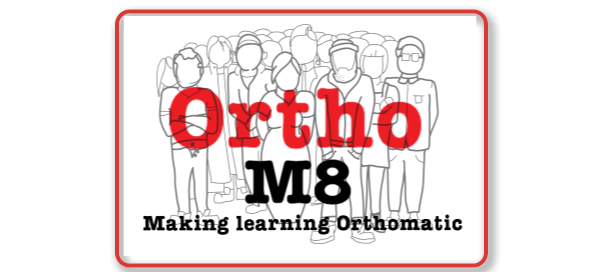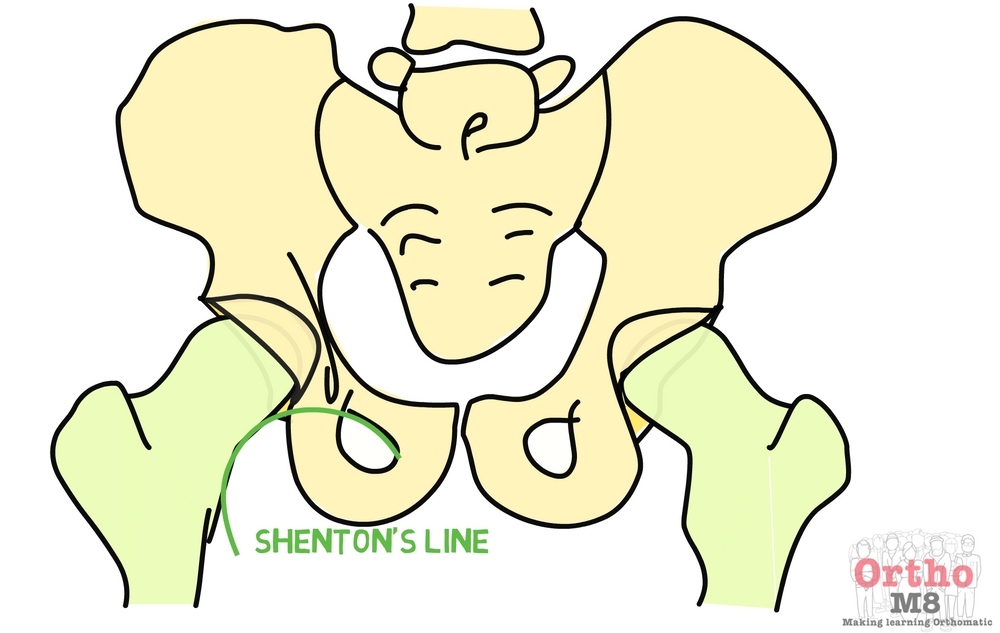Hip fractures are very common and you should have a low index of suspicion in an elderly patient who has had a fall.
Likewise it is important to exclude a hip fracture in a young person who has had a high energy injury.
Confirmation of a hip fracture is often radiological in nature. This may be in the form of an AP radiograph and a lateral radiograph. Occasionally if these are inconclusive then diagnosis can be made with an MRI Scanner or a CT Scan.
Radiograph
It is important to obtain orthogonal views of the hip.
- The AP Pelvic radiograph is usually performed with internal rotation of both legs in order to define the fracture type. Typically a break in shenton's line indicates a hip fracture.

- This is followed by a horizontal beam lateral image.
If the history is suspicious of a pathological fracture a full length femur radiograph should be obtained. This will show any further pathological lesions in the femur.
Another indication for the full length femur is when the fracture configuration is best dealt with using an intramedullary device. This enables an estimate to be made of the size of the intramedullary device in planning.
CT Scan
This can be used to better understand the fracture configuration or confirm the diagnosis. CT is generally not as sensitive as MRI for diagnosis hip fractures but is usually more accessible.
MRI
MRI can be used to pick up occult fractures of the hip.

